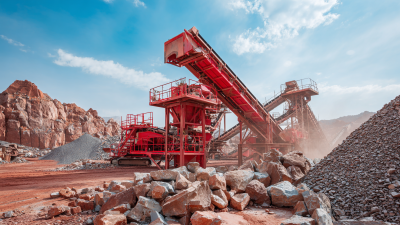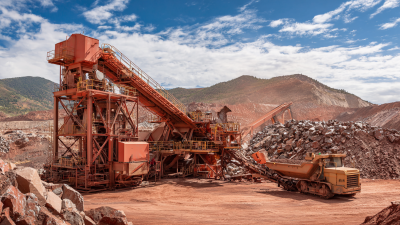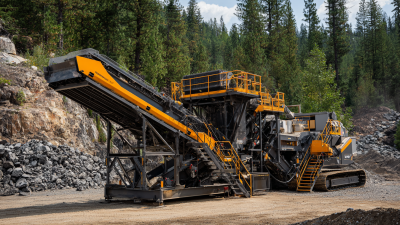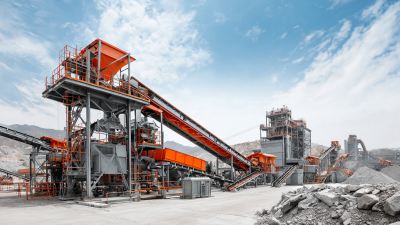As we venture into the future of resource extraction, the realm of Mining Machinery is undergoing a transformative revolution driven by cutting-edge innovations and advanced technologies. This article aims to unpack the multifaceted developments shaping the mining landscape, where traditional practices meet digital advancements. From automation and artificial intelligence to sustainable practices and smart machinery, the integration of these technologies is redefining efficiency and safety in mining operations. In the coming sections, we will provide key insights and tips on how these innovations not only enhance productivity but also address environmental concerns, ultimately leading to a more sustainable future for the mining industry. Join us as we explore the potential of these groundbreaking trends and their implications for stakeholders at all levels.

The adoption of autonomous mining equipment is poised to significantly influence operational efficiency in the mining industry by 2025. By this time, over 60% of mining fleets are expected to utilize automated machines, enhancing productivity while minimizing human risk in hazardous environments. This shift towards automation aligns with a growing emphasis on safety, as autonomous robots are set to handle dangerous tasks, thereby protecting personnel from potentially life-threatening situations.
Moreover, advancements in artificial intelligence and robotics are set to revolutionize operational processes. AI-driven systems will streamline various aspects of mining, from predictive maintenance to optimizing resource allocation, translating to enhanced efficiency and reduced costs. As these technologies mature, they will also contribute to sustainability efforts, ensuring mining operations not only meet economic goals but also adhere to environmental standards. The overall landscape of mining is evolving, with innovation at its core, paving the way for smarter and safer operational paradigms.
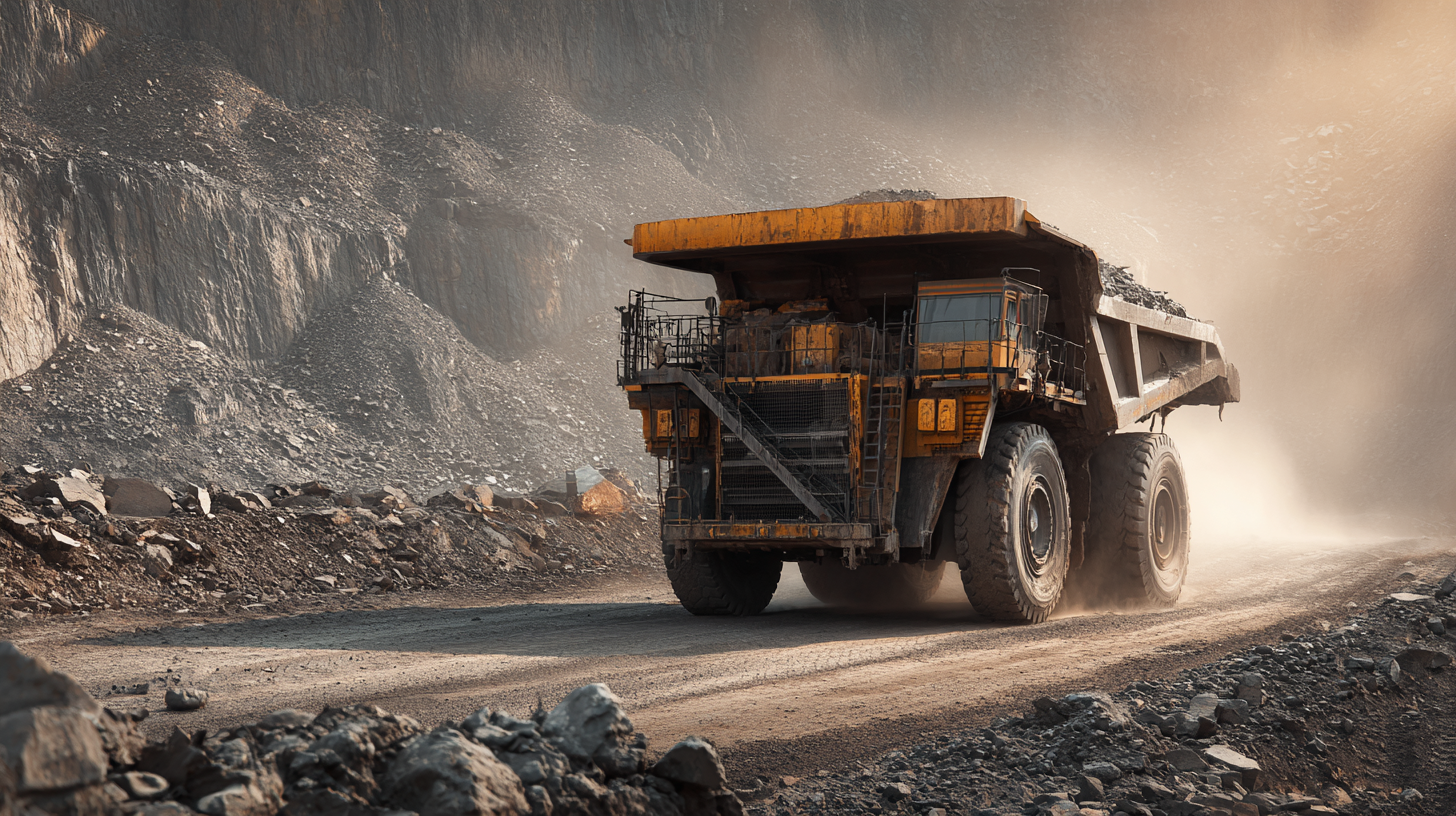 The integration of artificial intelligence (AI) into the field of
mining machinery is revolutionizing maintenance practices through the implementation of
predictive maintenance strategies. By leveraging advanced
data analytics and machine learning algorithms, AI systems can analyze performance metrics and
operational data in real time. This enables mining companies to anticipate potential mechanical
failures before they occur, thereby minimizing downtime and optimizing operational efficiency.
The integration of artificial intelligence (AI) into the field of
mining machinery is revolutionizing maintenance practices through the implementation of
predictive maintenance strategies. By leveraging advanced
data analytics and machine learning algorithms, AI systems can analyze performance metrics and
operational data in real time. This enables mining companies to anticipate potential mechanical
failures before they occur, thereby minimizing downtime and optimizing operational efficiency.
AI-driven predictive maintenance not only reduces repair costs but also extends the lifespan
of mining equipment. By continuously monitoring equipment conditions, AI can identify patterns
and anomalies that may indicate wear or impending failure. This proactive approach allows for
timely interventions, reducing the risk of unexpected breakdowns and enhancing safety standards
within mining operations. As the mining industry continues to evolve, the incorporation of AI
technologies promises to lead to more sustainable and efficient practices,
ensuring that companies remain competitive in an increasingly challenging landscape.
The mining industry faces increasing pressure to balance economic growth with environmental sustainability, making innovative technologies essential for reducing the carbon footprint of mining operations. One such innovation is the advancement of electric and hybrid machinery, which significantly cuts greenhouse gas emissions compared to traditional diesel-powered equipment. By integrating battery storage systems and renewable energy sources, mining companies can operate more sustainably while also improving operational efficiency.
Additionally, the adoption of automated and remote-controlled mining technologies has the potential to minimize the need for heavy machinery on-site, further reducing emissions. These innovations allow for smoother operations, minimizing fuel consumption and reducing the wear and tear on equipment. Moreover, implementing advanced data analytics and artificial intelligence helps optimize resource extraction, leading to better energy management and waste reduction practices. Emphasizing sustainability not only addresses environmental concerns but also enhances the long-term viability of mining operations in an increasingly eco-conscious market.
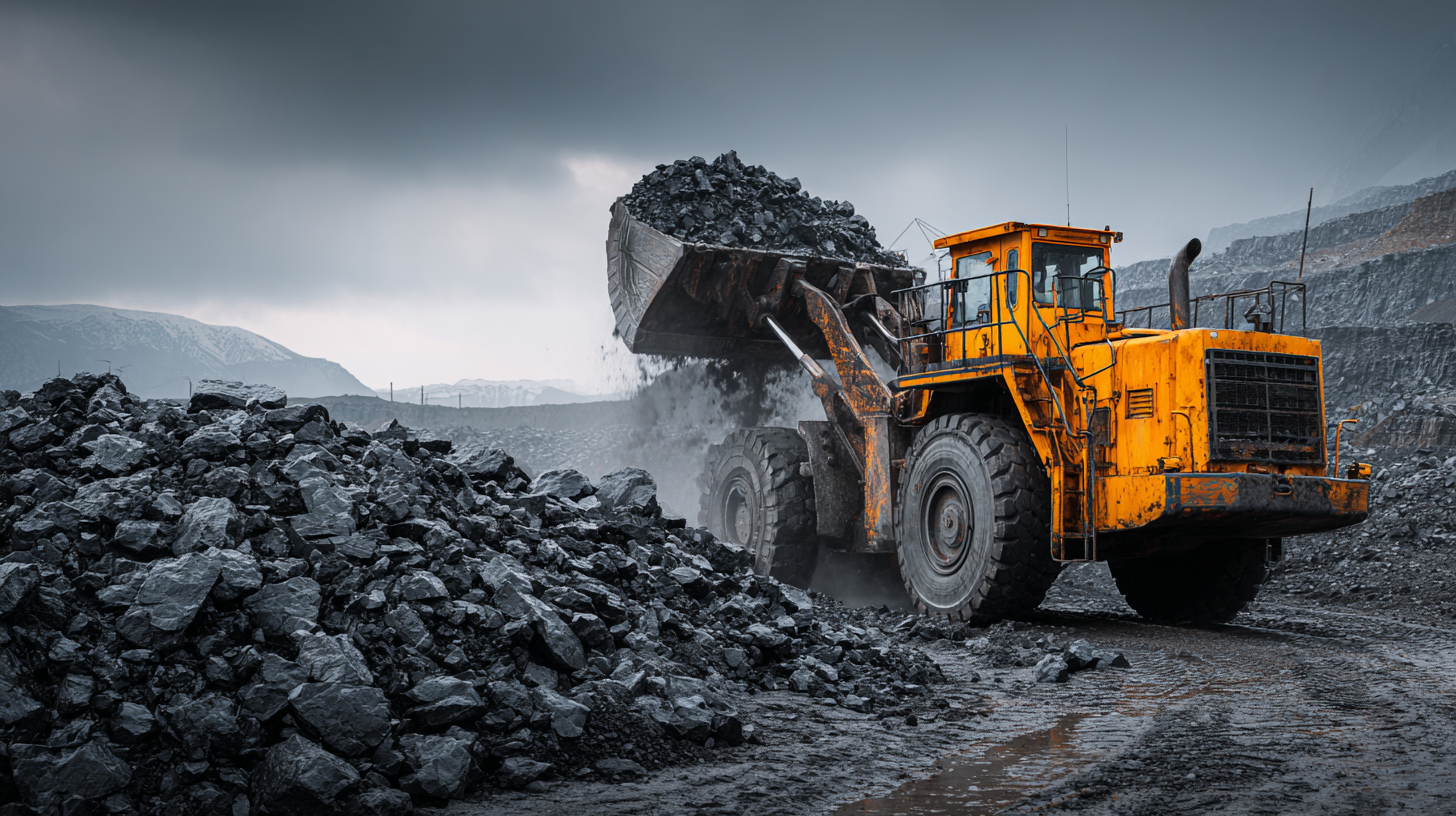 The future of mining will be heavily influenced by emerging technologies, particularly in remote monitoring and control systems. As we advance into 2025, automation, artificial intelligence (AI), and the Internet of Things (IoT) are set to transform mining operations fundamentally. According to recent industry studies, automated mining systems enhance operational efficiency by up to 30%, while AI-driven analytics provide critical insights that improve decision-making processes. For instance, AI tools have already been implemented in African diamond mines, where they helped reduce theft losses by over 30%, showcasing the potential for intelligent systems to bolster security and streamline resource management.
The future of mining will be heavily influenced by emerging technologies, particularly in remote monitoring and control systems. As we advance into 2025, automation, artificial intelligence (AI), and the Internet of Things (IoT) are set to transform mining operations fundamentally. According to recent industry studies, automated mining systems enhance operational efficiency by up to 30%, while AI-driven analytics provide critical insights that improve decision-making processes. For instance, AI tools have already been implemented in African diamond mines, where they helped reduce theft losses by over 30%, showcasing the potential for intelligent systems to bolster security and streamline resource management.
In addition, the integration of 5G technology into mining operations heralds a new era of connectivity, enabling real-time monitoring of machinery and environmental variables. This advanced connectivity allows for remote monitoring, which enhances safety and operational efficiency. The concept of a mining digital twin—where virtual replicas of physical systems are utilized for simulations—will further drive efficiencies, supporting predictive maintenance and resource optimization. With a focus on sustainability and improved safety, these innovations are introducing significant changes to how mining companies approach their operations, paving the way for a future where technology and resource extraction coexist more harmoniously.
Investing in advanced mining machinery offers significant economic benefits that can enhance productivity and operational efficiency. Modern machinery equipped with cutting-edge technologies can streamline mining processes, reduce downtime, and minimize labor costs. Automation and remote control systems, for instance, allow for safer and more efficient operations, especially in hazardous environments where human presence is limited. The integration of artificial intelligence and data analytics also empowers organizations to optimize resource allocation and improve decision-making, leading to substantial cost savings.
Moreover, the adoption of advanced mining equipment can contribute to sustainability efforts within the industry. By utilizing energy-efficient machines and reducing waste, companies can lower their environmental impact while also saving on energy costs. The initial investment in these technologies may be significant, but the long-term financial returns, combined with enhanced regulatory compliance and improved public perception, create a compelling case for modernizing mining operations. As the mining industry continues to evolve, those who prioritize investing in innovative machinery will likely gain a competitive edge in a rapidly changing market.


